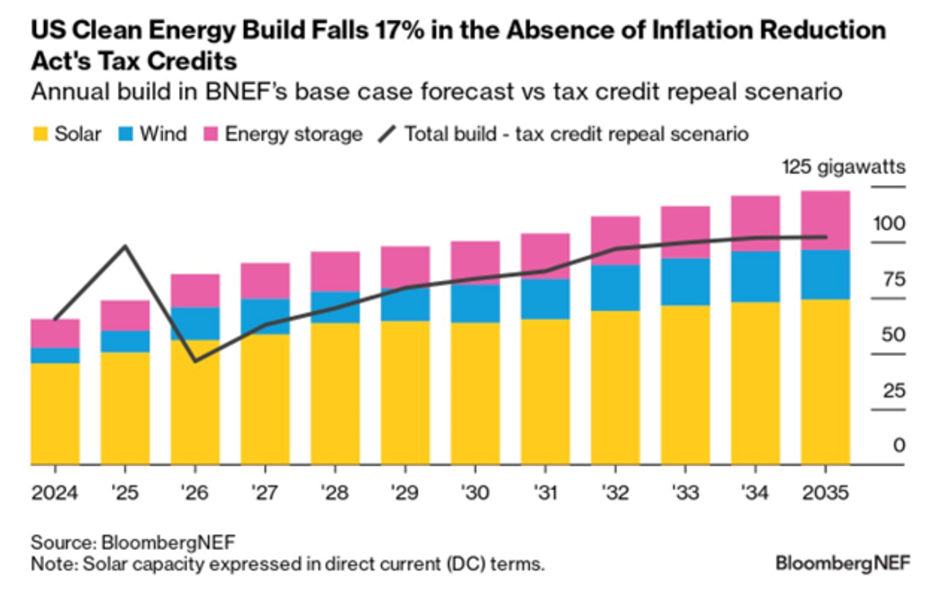Climate Politics are New, Climate Science Is Not
- Gabriel Thoumi

- 2023年11月23日
- 讀畢需時 3 分鐘

Source: NASA.
Human driven climate change is the first and often discussed planetary boundary, that is the system that maintains the stability of our Earth we rely upon for our livelihood.
By 2023, ecosystem services generated $44 trillion of value per year. Ecosystem services such as pollination generated more value than even well-known industries such as medical devices. Such services relied on the relatively stable climate the Earth has experienced since the middle of the Holocene period. We are now in the Anthropocene, a new geological period that recognizes that humans have had measurable geological impact in our short time on this planet (the Bionic Planet podcast delves into the Anthropocene’s effects on investments).
That year, humans recognized that they were putting said stability at risk as seen by the rapid increase in global temperatures in the last decades, including a brief flirtation with a 2 degree increase in the last half of 2023.
Much of the public until that point had associated the focus on climate change with late 20th and early 21st Century political events such as the 1988 James Hansen Congressional testimony or former Vice President Al Gore’s 2007 Nobel Prize win jointly with the International Panel on Climate Change.
The politics behind climate change was relatively new, but the science behind it traced to the 19th Century. Joseph Fourier (1824) first posited that the Earth’s atmosphere could trap heat.
This is called the energy budget, which we now know is 340 W / m2 of which 30% is reflected leaving 238 W / m2 to be absorbed by our Earth’s ecosystems. Radiative forcing, the difference of incoming energy and energy reflected back into space, increased 45 percent between 1990 and 2019 with 36 percent of that increase attributed to carbon dioxide.
Eunice Newton Foote first discovered that carbon dioxide and water vapor trapped more heat than other gasses (a theory presented later by John Tyndall in 1861). Later scientists such as Swedish chemist Svante Arrhenius (1896) and British engineer Guy Callendar (1938) applied the findings on the heat-trapping properties of greenhouse gasses to recognize that the entire atmosphere warms with the increase in greenhouse gasses. These discoveries are now validated with long-term indicators such as ice core bubbles and tree ring sizes. More recently, heated political debates have centered on the exact human contribution to climate change and the extent it harms the planet.
Models projecting the effects of climate change emerged in the mid-twentieth century from weather forecast models and grew steadily more complex and accurate in recent years. A change in model accuracy led to a steady decrease of the temperature scientists warned is necessary to avoid discontinuities, or “tipping points”, which would trigger the worst effects of climate change from 4 degrees Celsius in 2001 to 1.5 degrees Celsius in 2021.
A minority of scientists, sometimes with funding from the fossil fuel industry, argued climate change is caused by natural processes such as tectonic shifts or variations in solar radiation. But the steady annual increase in carbon dioxide suggests that humans are certainly the drivers for warming the planet and are likely responsible for all observed warming.
The boundary in Katherine Richardson’s September 2023 paper rested on an even more specific metric: a concentration of 350 parts per million (ppm) carbon in the atmosphere. Hansen first popularized the metric in the mid 2000s arguing that humans had lived most of the species’ existence at that threshold. Scientists mostly agree that we have already passed the point of complete climate stability, but point out that lowering our emissions would eventually allow carbon to slowly drain out of the atmosphere and avoid the worst climate change effects.
By 2050, we will have combined carbon removal projects at scale, incorporated nature-based solutions such as regenerative farming, and successfully adapted our infrastructure to the inevitable effects of residual carbon. We will explore some of these options in our next posts.









留言